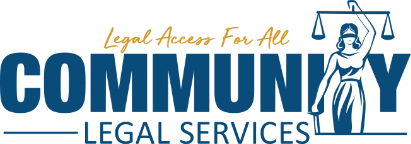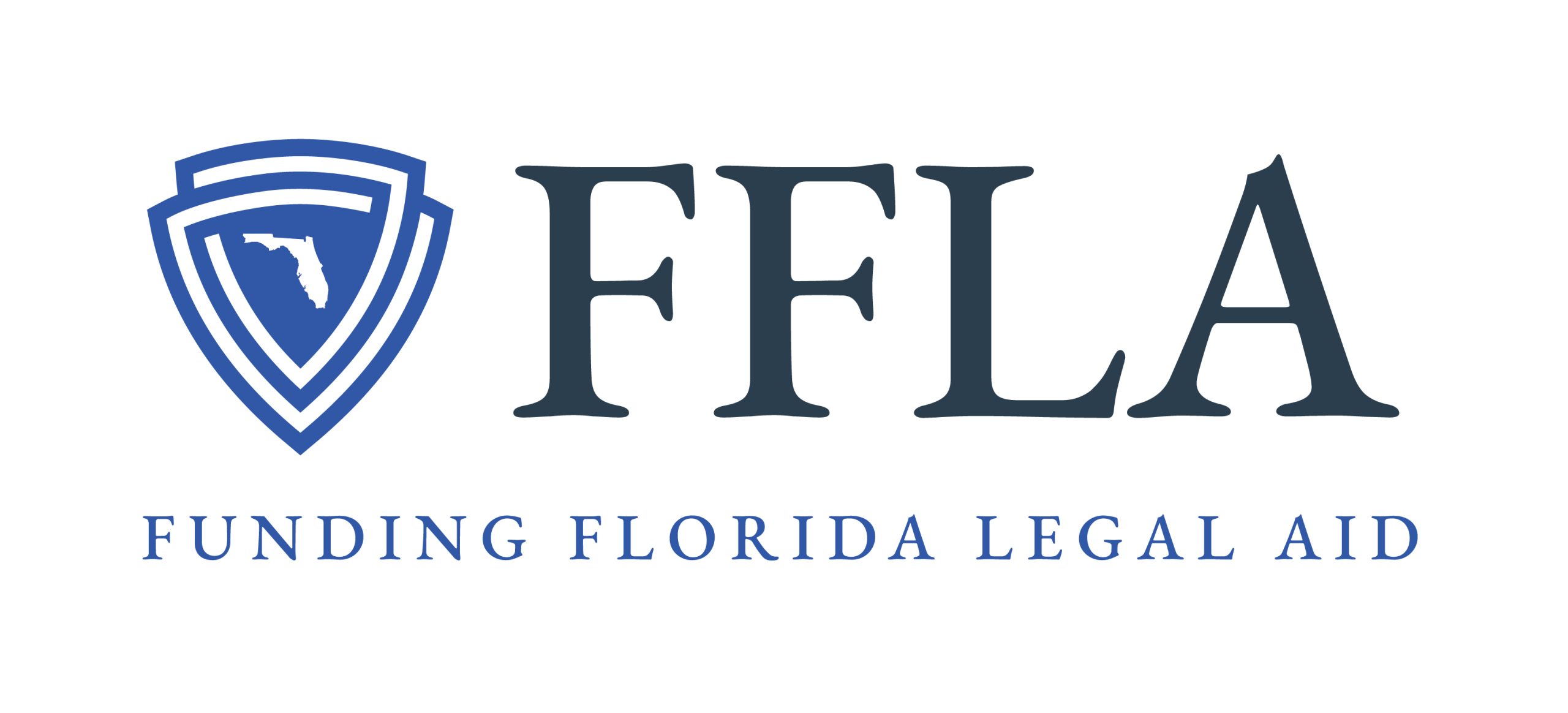Bankruptcy
Bankruptcy is the legal way for a business or person to get help when they can’t pay the money they owe. If problems arise because of the amount of debt, people can get a fresh financial start by filing for bankruptcy within the court system. Bankruptcy can stop foreclosure on a house, prevent repossession of a car or other property, stop wage garnishment or debt collection harassment, and prevent termination of utility services. In some bankruptcy cases, a plan can be approved to pay some or all of a borrower’s debts over time.
This page may help you understand how bankruptcy works and determine whether or not it is right for you and if it is, whether or not you can self-file without a lawyer.
WHAT ARE YOUR RIGHTS?
In a bankruptcy court proceeding, a bankruptcy judge and a trustee examine what you own (assets) and what you owe (liabilities). A trustee is a neutral person who oversees the bankruptcy procedure, often a lawyer or accountant. An asset is anything of value that can be converted to cash. A liability is a debt you owe to another person or organization. In court, a decision is made to either discharge your debts or enter into a debt repayment plan. When a debt is discharged, the debt is canceled – you are no longer required to pay it back. In a repayment plan, you pay the creditors a portion of the outstanding amount over a fixed period of time.
Under the federal bankruptcy code, two main types of bankruptcy proceedings are available.
Chapter 7 of the code sells your assets to help pay off your debt and to release you from the responsibility of repaying the remainder of your debt. However, certain assets are protected from being sold. You can only file for a Chapter 7 if you meet specific income requirements.
To qualify for Chapter 7 filing, you must earn less than the Florida state median income each month. You also must take a “means test” that will require a detailed record of what you owe and what you own.
Chapter 13 is known as reorganization bankruptcy. Instead of selling your assets to pay your debt, the court proposes a plan to reorganize your debts into a specific repayment plan. If you have a regular income, this plan shows you how to pay off your debt within three to five years. If you successfully complete this plan, you may be able to keep your assets and have unsecured debts discharged.
An unsecured debt is one that does not include property, such as credit card or medical bills, personal loans, or rent and utilities.
A secured debt is one where the promise to pay the debt is “secured” by property, and the property could be taken by the bank if that debt is not paid.
It is a myth that bankruptcy dictates the loss of all your property. If you “exempt” an asset, the asset will be protected from being sold to repay creditors. Protecting assets usually depends on the state where you live. In many states, you can choose between a state exemption system and the federal exemption system.
Florida is an “opt-out state,” which means that federal exemptions are not available. This is not a huge issue because Florida’s exemption laws are more favorable to the person in debt. If you’ve been living in Florida for two years or more, Florida bankruptcy laws will apply to your case. If it’s less than two years, your case will use the exemptions from the state in which you lived by using a 180-day period preceding the two-year look-back period.
Your house, car, or personal property may be protected by exemptions. In some instances, you can keep only a certain dollar amount of an asset that’s protected, or at times, you can protect the total value of the asset. In some cases, you will need to use a “wildcard exemption” to protect a particular piece of property because no other type of exemption specifically addresses the asset.
In Chapter 7 or Chapter 13 bankruptcy, exemptions are used differently. If you have a choice of which exemption system to follow, you must elect all the exemptions in that particular system. You cannot mix and match exemptions of two different systems.
- Homestead – this is the house that you own and live in
- Vehicle up to $1,000 value
- Personal Property, up to $1,000 total, or up to $4,000 if no homestead claimed
- Social Security Income (SSI, Disability, Retirement)
- Pensions
- Veteran’s Benefits
- Public Benefits (Welfare)
- Child Support
- Alimony
- Other exemptions that may apply to your situation
WHAT DO YOU NEED TO DO?
A typical Chapter 7 bankruptcy case is fairly basic. You will spend most of your time completing forms. These forms will require you to list your debts, assets, financial transactions, and other information. Once you’ve filed your paperwork with the court, the bankruptcy trustee takes over your case. After you attend a brief court hearing (the meeting of the trustee and any creditors) and meet a few other requirements, you’ll receive your discharge and your case will be closed, usually in four to six months after the date you file.
The steps for filing a Chapter 13 bankruptcy are similar to those of Chapter 7. The main differences are that the trustee does not take any of your property, and you will set up a payment plan. It is within this payment plan that your assets are dealt with.
- Get mandatory credit counseling. You must receive credit counseling during the six-month period prior to filing for Chapter 7 bankruptcy.
- File your petition and other forms. As mentioned above, to start filing your bankruptcy, you must submit several forms to the court. The forms include the bankruptcy petition (the request to file bankruptcy), as well as forms that list your income and expenses to show that you qualify for a Chapter 7 bankruptcy.
- The trustee takes over. After you file your paperwork, the court will appoint a trustee to handle your bankruptcy case. The trustee’s job is to review your paperwork and take your nonexempt property you may own to distribute to your creditors to help pay off debt. You’ll also need to submit a copy of your most recent tax return to the trustee.
- The meeting of creditors. You’ll receive a notice from the court, telling you when your meeting of creditors (also called a “341 meeting,” named after its place in the bankruptcy code) will be held. Typically, this is a short meeting. Under oath, you will answer questions about your finances asked by the trustee and any creditors who show up (often, creditors do not attend the meeting).
- Your eligibility to file for Chapter 7 is confirmed. At this point, the trustee has reviewed all your information and the court decides if you are eligible for Chapter 7 protection. If the court denies eligibility, you still may have the option to file for Chapter 13 bankruptcy.
- Nonexempt property is handled. Nonexempt property is property that the debtor may need to give up in order to pay off a debt. If you have any nonexempt property, the trustee will decide if it’s worth selling. You may be able to negotiate with the trustee to keep certain nonexempt property if you can come up with enough cash, or if you are willing to give up exempt property instead.
- Secured debts are handled. If you have secured debts, such as a mortgage, there are two choices. You must give back the property (redeem it by paying the creditor what it’s worth), or reaffirm the debt (agree that you will still owe on it after your bankruptcy case is over). If you reaffirm any debts and you are not represented by a lawyer, you will have to attend a reaffirmation hearing before the judge.
- Take a financial management course. After you file for bankruptcy, and before you receive your discharge from the court, you need to complete a debtor’s education course.
- You receive your discharge. Within three to six months after you file, you’ll receive your bankruptcy discharge in the mail.
- Case closed. A few days or weeks after your discharge is granted, your bankruptcy case will officially be closed. You no longer will be liable to most or all of your creditors, and you can move on with your life.
For more information on how to file bankruptcy, visit these sites
WHAT TO CONSIDER BEFORE TAKING ACTION.
It is important to determine if you have nonexempt assets before you file. During the bankruptcy the trustee may take this property to pay off your debt. The assets and property you could lose may be worth more than the debt you can eliminate through bankruptcy, which is why it’s important for you to get legal advice before you file.
If all of your assets and income are exempt, then you may not want to file bankruptcy because they would be protected from your creditors.
If you are concerned about accumulating more debt in the near future, such as medical debt, you may want to wait to file bankruptcy. Once you file a Chapter 7 bankruptcy, you cannot refile for another eight years after the discharge.
There are several debts that cannot be included in bankruptcy, such as:
-
- Most student loans
- Most federal and state taxes
- Child Support
- Alimony
- Most liens
If you are ready to file for bankruptcy but are having difficulty finding a lawyer or your income is too high to qualify for legal aid, visit upsolve.org to learn more about their online tools that can lead you through the self-filing process.
Their online tools are free. No credit card is to use it, but you will have to create an account that is connected to your email address.
The Upsolve website also has an extensive online learning center that may help answer some of your bankruptcy questions and determine whether or not it is right for you and your family.

 Home
Home








